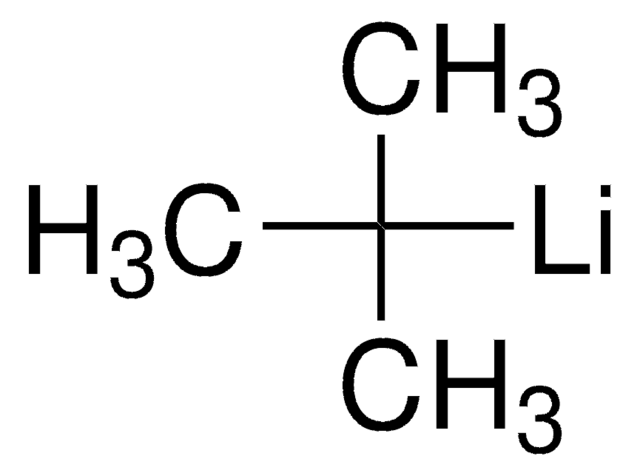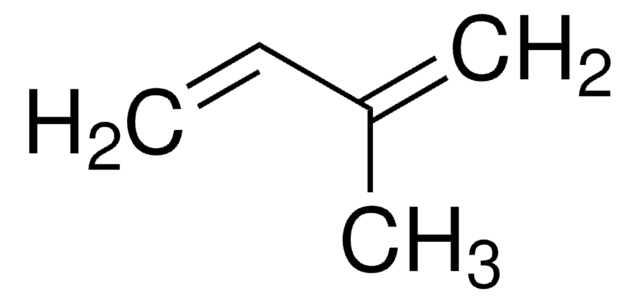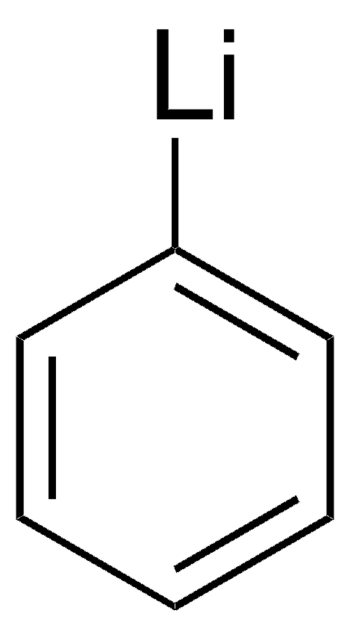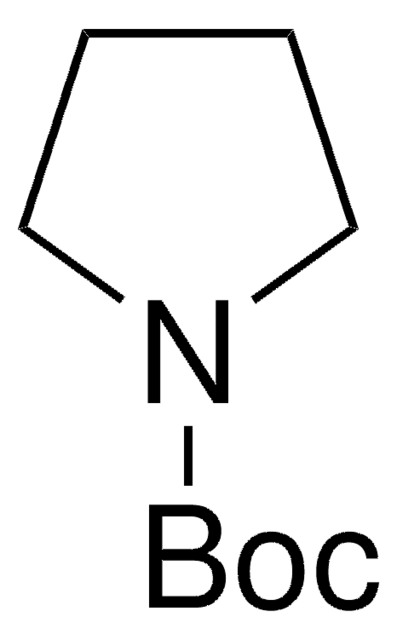195596
sec-Butyllithium solution
1.4 M in cyclohexane
Synonym(s):
Lithium-2-butanide, s-BuLi
About This Item
Recommended Products
form
liquid
Quality Level
concentration
1.4 M in cyclohexane
density
0.769 g/mL at 25 °C
storage temp.
2-8°C
SMILES string
[Li]C(C)CC
InChI
1S/C4H9.Li/c1-3-4-2;/h3H,4H2,1-2H3;
InChI key
VATDYQWILMGLEW-UHFFFAOYSA-N
Looking for similar products? Visit Product Comparison Guide
Application
Packaging
Legal Information
Signal Word
Danger
Hazard Statements
Hazard Classifications
Aquatic Acute 1 - Aquatic Chronic 1 - Asp. Tox. 1 - Eye Dam. 1 - Flam. Liq. 2 - Pyr. Liq. 1 - Skin Corr. 1B - STOT SE 3 - Water-react 1
Target Organs
Central nervous system
Storage Class Code
4.2 - Pyrophoric and self-heating hazardous materials
WGK
WGK 2
Flash Point(F)
1.4 °F - closed cup
Flash Point(C)
-17 °C - closed cup
Personal Protective Equipment
Choose from one of the most recent versions:
Already Own This Product?
Find documentation for the products that you have recently purchased in the Document Library.
Customers Also Viewed
Articles
Prof. Aggarwal et al developed a stereospecific alkynylation of chiral secondary & tertiary pinacol boronic esters, allowing the facile preparation of terminal alkynes.
Our team of scientists has experience in all areas of research including Life Science, Material Science, Chemical Synthesis, Chromatography, Analytical and many others.
Contact Technical Service












